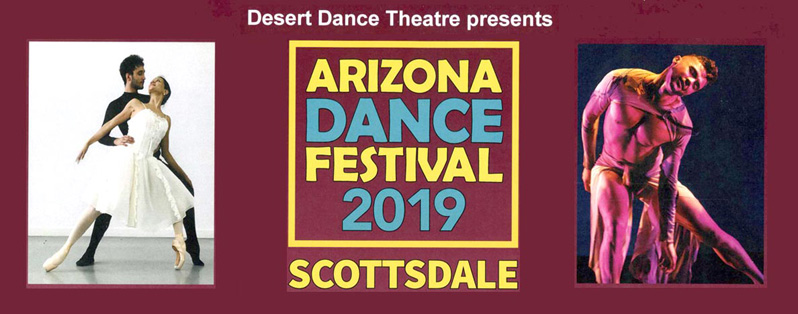Company: Jeremiah Jenkins
Choreographer: Jeremiah Jenkins
Performer: Candy Jimenez
We’re all familiar with the angst-ridden dance piece. It gives weight and emotional depth to a performance and seems to be the go-to if you’re trying to develop a powerful solo. If you need to one-up the competition – throw in some pain. In Triflection, choreographer Jeremiah Jenkins skips all that superficial stuff and goes right to incapacitation. The soloist, Candy Jimenez, is on the floor and is barely able to move. Her intense, life and death struggle to regain the slightest amount of movement and control, continues for some time. If I seem to be flip, it’s because I’m also struggling, desperately, to find the motivation that would account for the intensity of this opening.
This is made particularly problematic by the relative banality of the soundtrack which is a spoken narrative talking about social connection with phrases like, “we have different needs for different types of people”. Meanwhile, our soloist looks like if she doesn’t get Narcan in the next two minutes, she will expire.
Obviously, this is an artistic statement. I have to assume the choreographer has formulated some sort of intention here. As an audience member, I’m invited to either discover that intention or be inspired by the elements to create meanings of my own. Or, failing either of those, maybe just immerse myself in the experience and let that be sufficient. However, at this point, I’m 0 for 3 and have to surrender.
In the wake of that surrender, I looked up the narrative piece, “Beautiful Error” by Alan Watts. It’s a low-key, meandering, philosophical observation that addresses some of our social constructs and morphs into a diatribe about the state of mankind and the inadvisability of our attempts to intervene in same (I was relieved to find that the phrase I recalled was actually in there – mostly).
I had two takeaways:
First, I was at a loss to think of a phrase or image from that narration that was reflected in this performance or, for that matter, that lent itself to artistic interpretation with dance. (Introduction of rabbits into Australia? Resistance to antibiotics?) Ditto theme or ambiance. Alan Watts droning on in the background doesn’t exactly provide a good beat that you can dance to.
Second, and most important, I don’t believe dance is inherently capable of supporting long, complex narratives. There are no rules here, but narration is used frequently enough in dance that we have relevant examples for comparison. I’ve seen enough things that work to know that this doesn’t.
While I believe that, conceptually, the program was seriously flawed, the performance by Candy Jimenez was remarkable. Here, Jenkins has unleashed a force of nature. Accepting her dance performance on its own merits meant buying a ticket to a long, dark ride and just hanging on.
I could appreciate the control evident in her physicality, particularly as she transitioned into and out of her floor work, but it was her emotive power that was most impressive. The amount of emotional energy she was putting out was awesome and unrelenting. She grabbed my attention and never let go. At one point, she throws her long hair over her face like a primitive mask. Whether this is desperation or despair or simple madness, we don’t know, but it is fearsome, and not even the end of her ordeal. She tears her top off in the struggle, eventually gaining enough strength (supported now by ambient music), to get us to an ending that, if not happy, at least provides a sense of relief.
The program concept, particularly the integration of the narrative soundtrack and the dance, didn’t work for me, but the dance performance itself was little short of ferocious.
Viewed Re/Viewed


Recent Comments